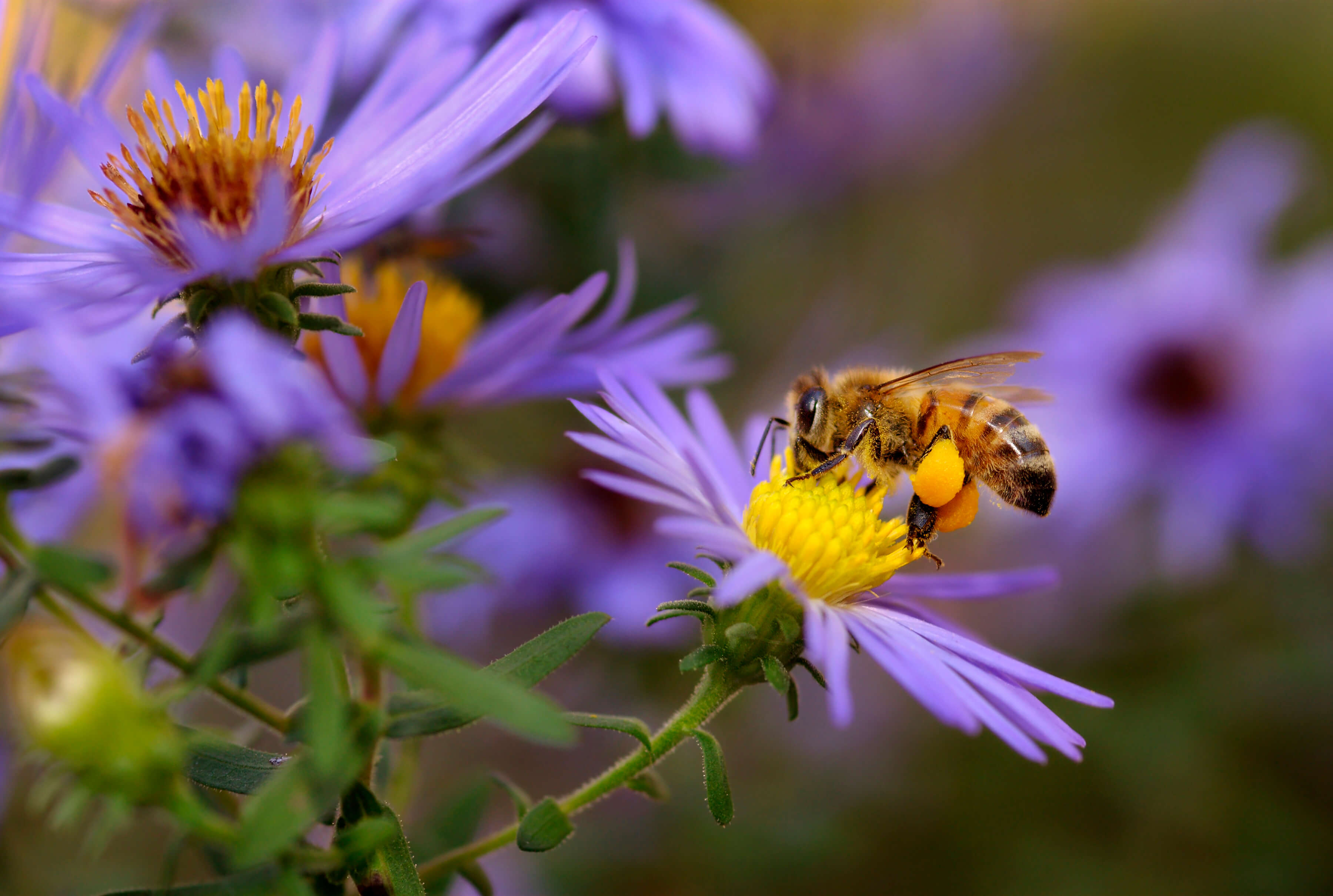How to Create a Pollinator Garden
One of the biggest trends in gardening is planting for pollinators! Growing plants for the bees, butterflies, and other pollinators is a great way to increase biodiversity and provide food and shelter for these important insects.
Getting Started
You may think you need a big garden to help pollinators but that’s not true! You can start with a small garden or even containers planted with pollinator friendly plants.
Before heading to the garden centre, look around your property to find the best site for your pollinator garden. Full sun is ideal and you’ll want to include a diverse range of plants that bloom at different times. Having flowers from early spring through late autumn means there is always a source of pollen and nectar in your garden. Also, consider adding native species of plants which are well suited to native pollinators.
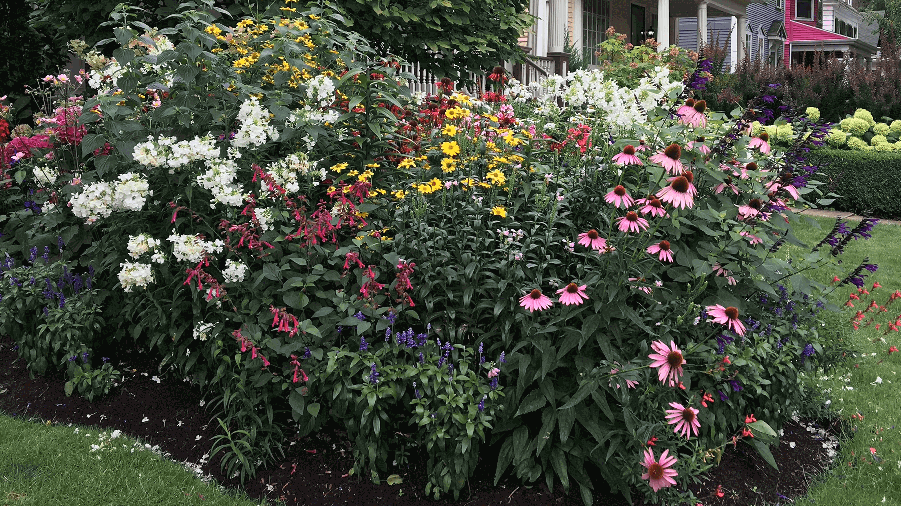

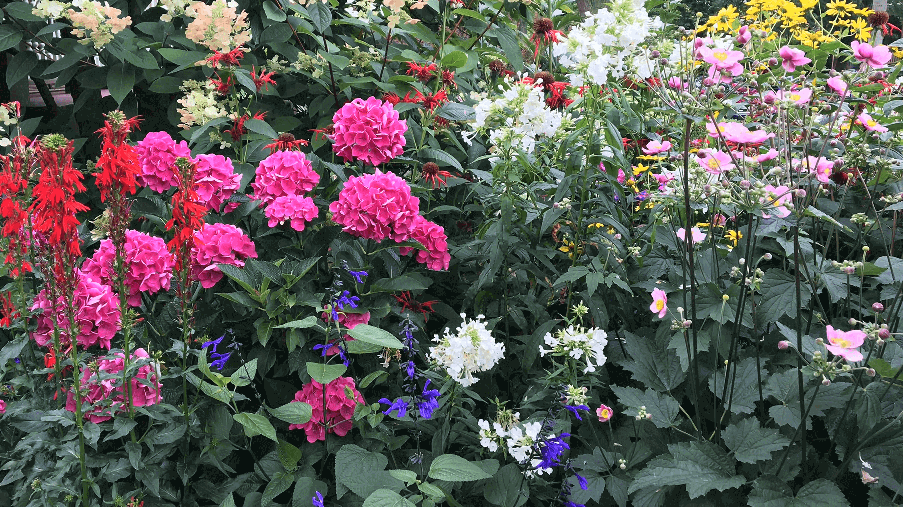





Try These DIYs
Beyond plants, there are some fun and easy DIY’s you can also do to entice pollinators. You can place a bee bath in your garden so bees have a source of water. You can also buy or make a mason bee home. These shelters can be hung on fences or shed walls at least six feet off the ground. They should face towards the south or south east so the bees get morning sun.
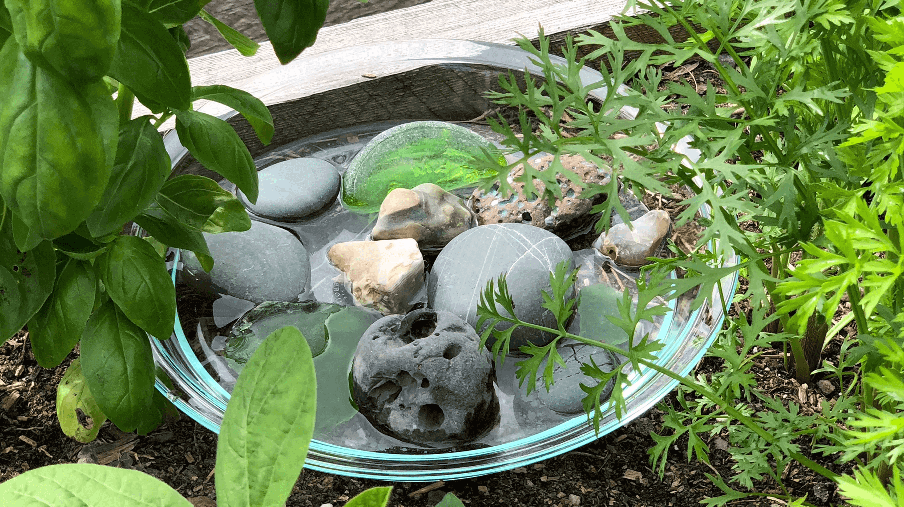

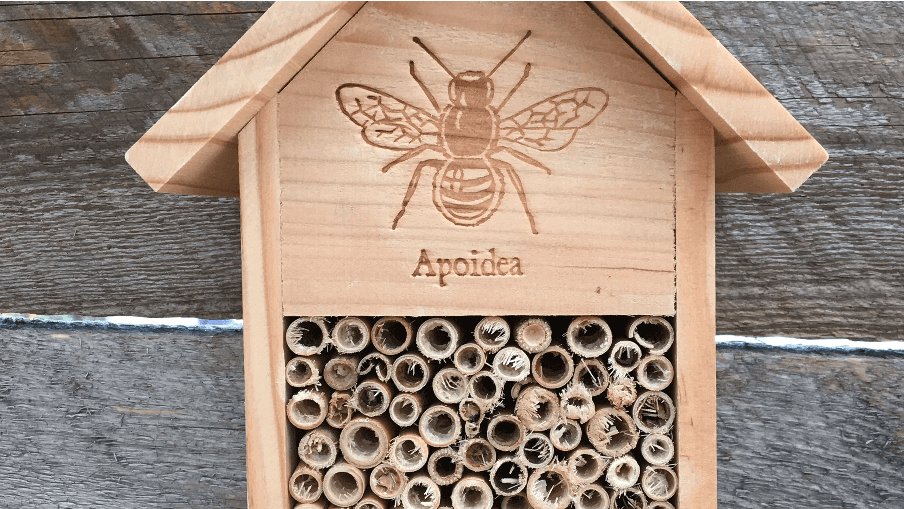



Don't Worry About Eaten Plants
To attract and support butterflies you’ll need to include plants to feed the adults, but also the caterpillars. That means some of your plants will be eaten, but that’s ok as you’re growing future butterflies.
5 Plants for a Pollinator Garden
Milkweed
Milkweed is a food source and a host plant for monarch eggs and caterpillars. There are different types of milkweed you can plant like swamp milkweed and butterfly weed popular with gardeners as they don’t spread aggressively like common milkweed.
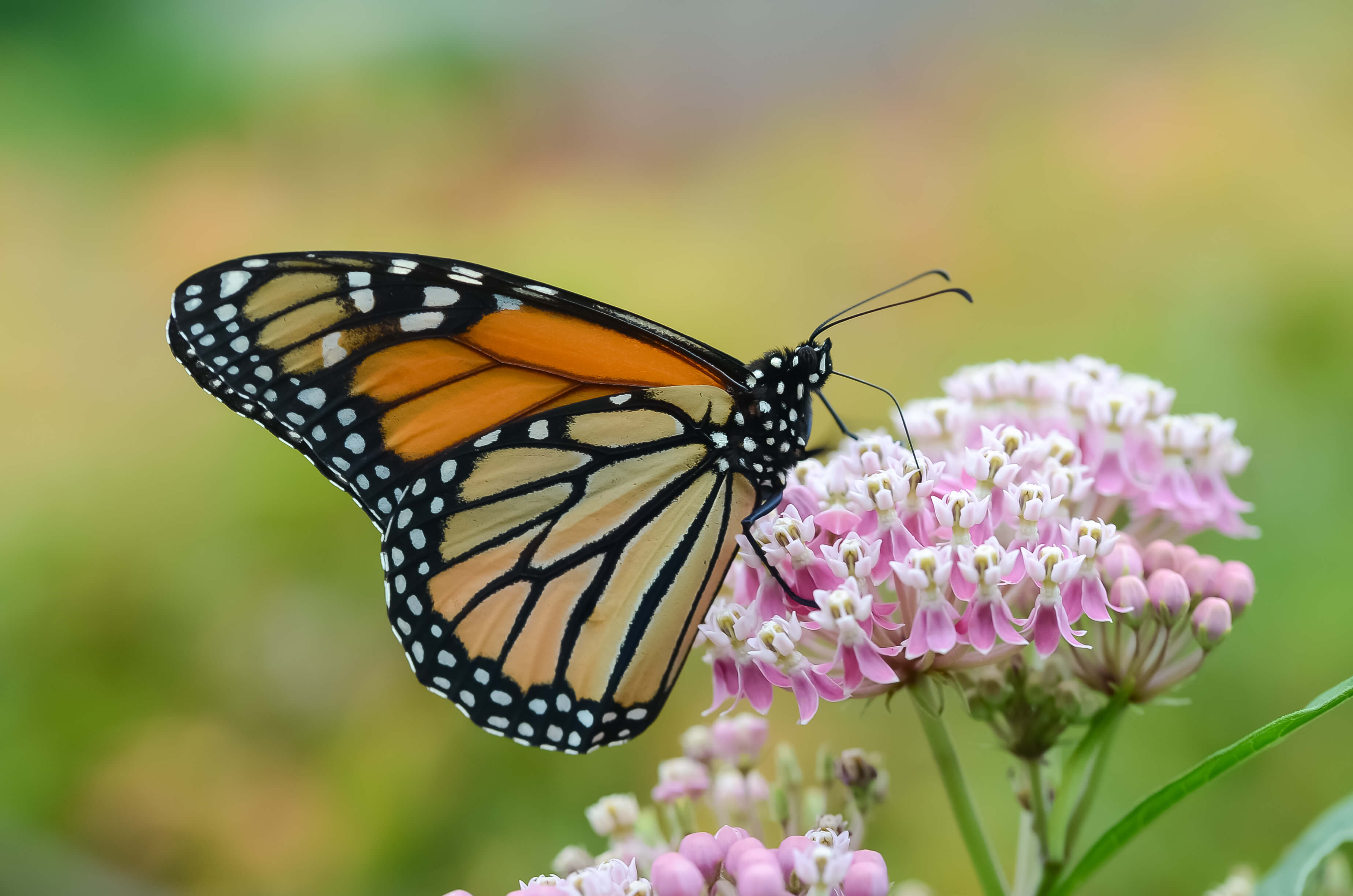



Coneflowers
Coneflowers are native to North America and produce beautiful long-lasting flowers that are beloved by bees and butterflies. Purple coneflower is the most widely grown, but there are many cultivars and species you can plant in your garden. These hardy perennials are also drought tolerant and flower from mid summer to early autumn.
Bee Balm
Bee Balm is a summer flowering perennial that is hardy and deer-resistant. The showy flowers can be pink, red, purple, or white and attract many species of bees and butterflies.
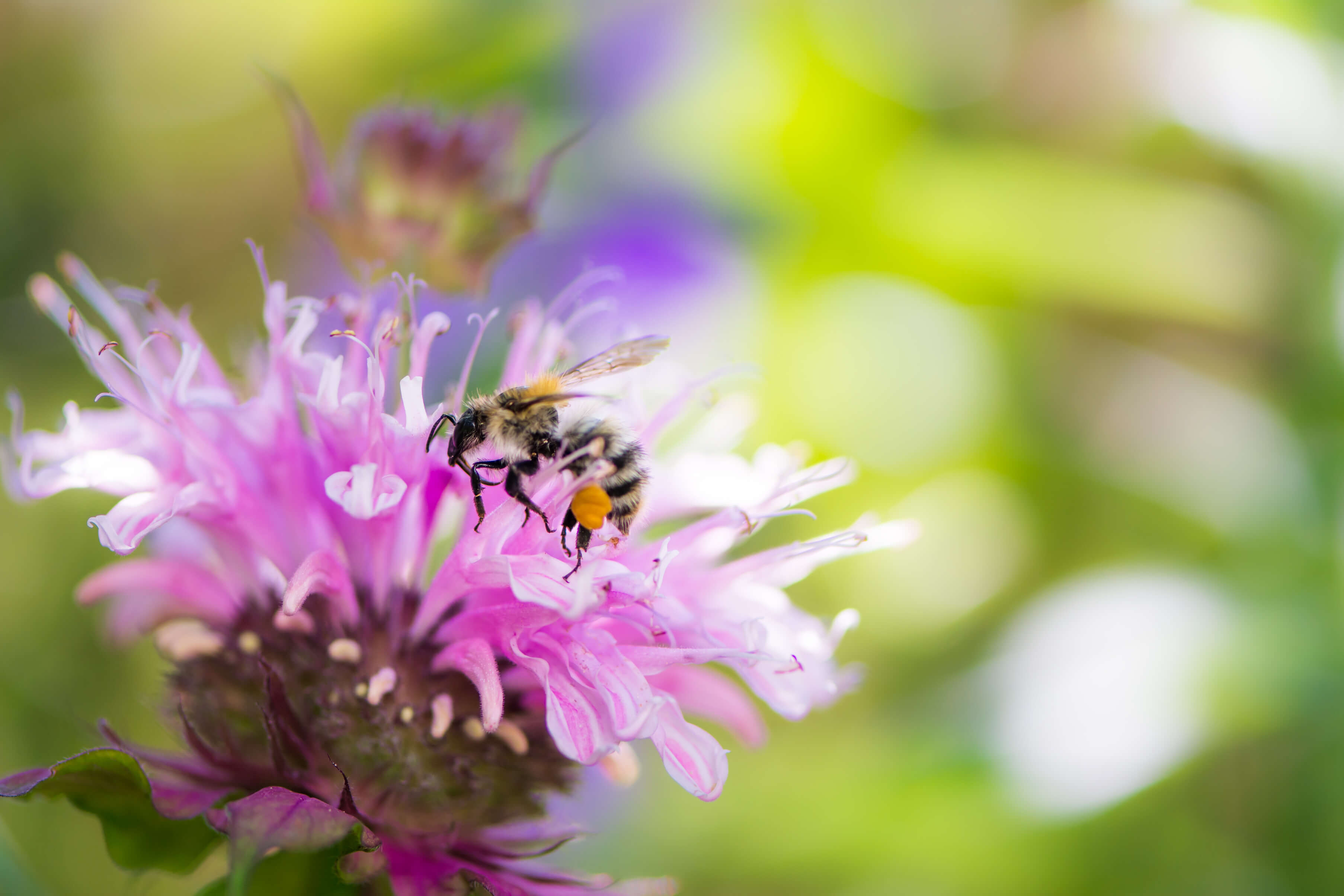

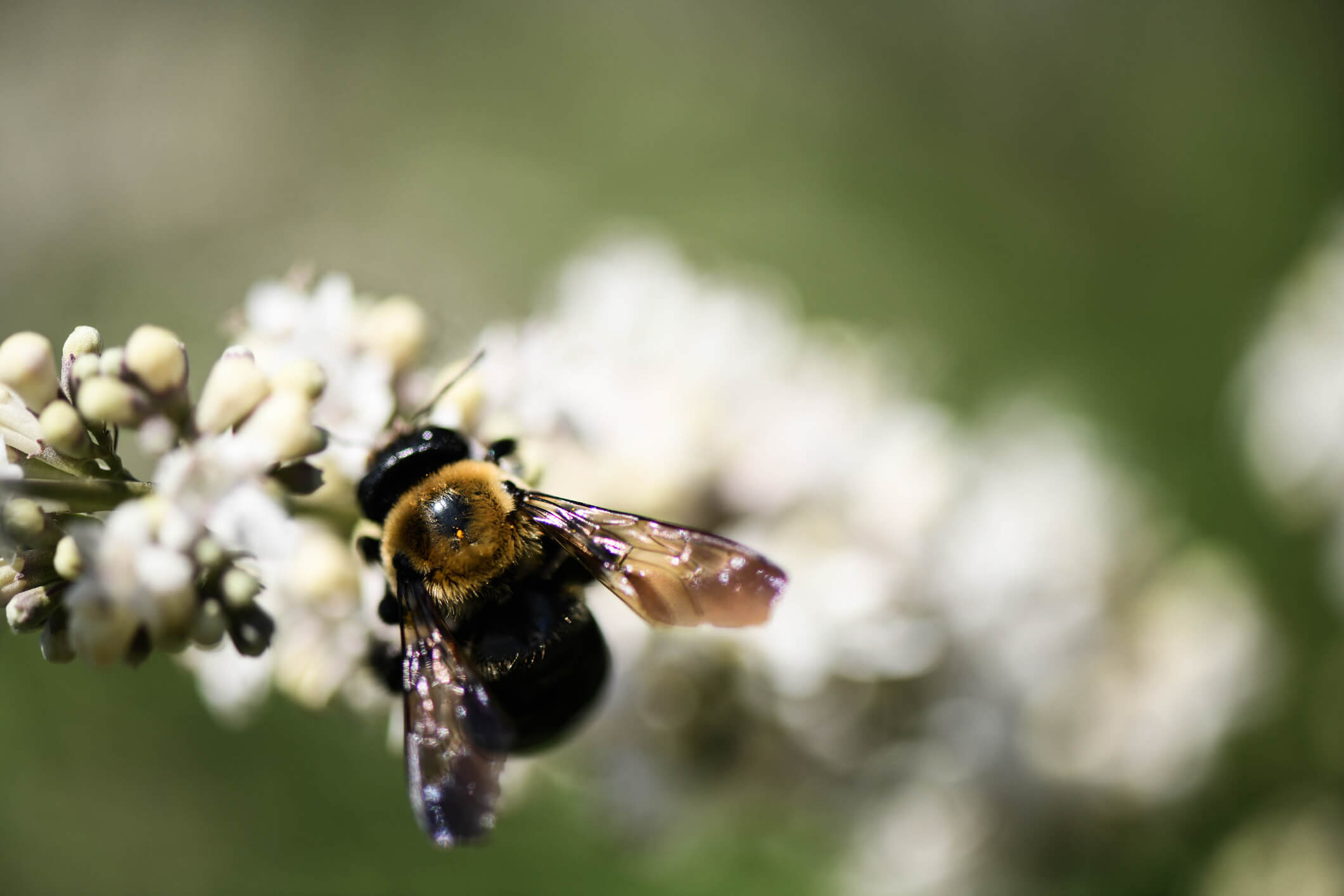

Virginia Sweetspire
Virginia Sweetspire is a native shrub with very fragrant flowers that emerge in late summer and continue into autumn. It’s adored by pollinators - and gardeners - and grows up to five feet tall, which makes it a good fit for a perennial garden.
Asters
Asters are among the last perennials to flower in fall which makes them essential for the late bees. These are hardy perennial plants native to north American and have pretty daisy-like flowers. Common bloom colours include purple, white and pink.
